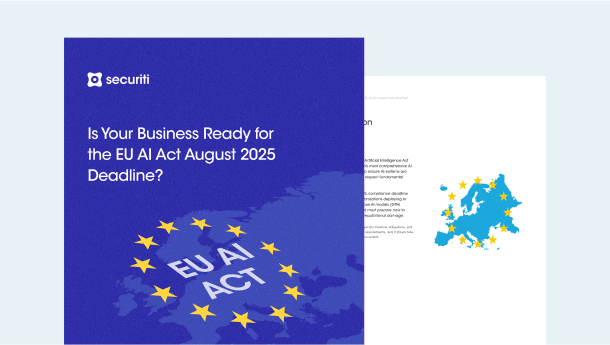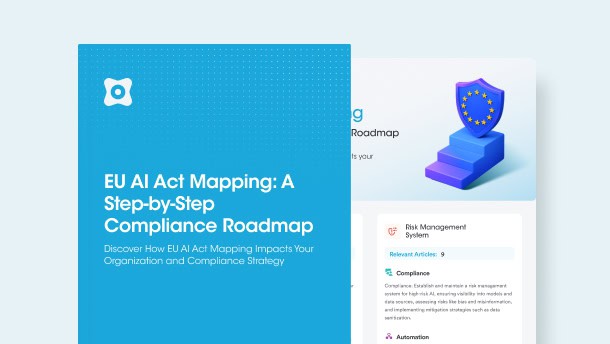Cookies
We use our own and third-party cookies to store your shopping history and use information about your previously purchased products to advise you on other products that we believe will be of interest to you. To learn more about our cookie policy, please click on the "More information" button.
You can agree to all cookies by clicking on the "Agree" button or reject by clicking the "Disagree" button.
If the website user clicks on the "Disagree" button, the website stores the technical cookies that are necessary to ensure the operation of the site and the use of which does not require the user's consent.









































